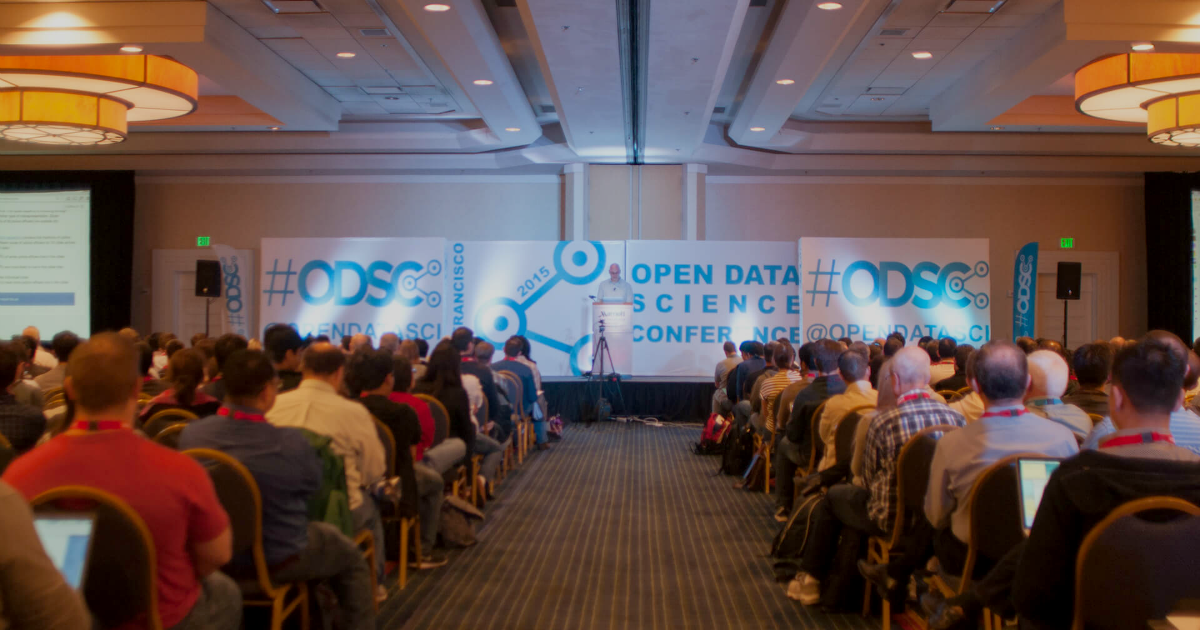Tue, Sep 12, 2017
As we have become accustomed to, exciting things are happening in the Machine Learning ecosystem. One can easily argue that it is novel applications of Deep Learning which are leading this excitement.
Real world uses of Deep Learning are growing day to day: improving machine text translation, music generation, style transfer, object detection and cooler than ever generative models are just a few examples. The vast number of new applications, and the pace of improvement over existing ones, make it harder than ever to keep up to date with the latest advancements in the field.
Due to this, at Tryolabs we realized the need to focus our effort. As a Machine Learning specialized dev shop, we understood that targeting one of these Deep Learning verticals is the best way to get the most out of it. To achieve this, we decided to start our own Research and Development division, aiming to dive into the state of the art in a specific field.
After some research and internal discussions, we decided to target computer vision. But why? Basically, it has been the field which first marked the success of deep neural networks, and has countless applications that can have an impact on people’s lives.
Fast forward a couple of months of research and we’re now able to say that we have developed a solid understanding of what’s happening in the intersection between computer vision & Deep Learning (see our post that reviews Object Detection + Deep Learning).
Speaking at Conferences
Since the very early days of Tryolabs we have been sponsoring different conferences: Djangocon, PyCon, ElastiCon, MLConf. It is a great experience and a way to learn tips and tricks from the best talent.
However, this year we wanted to take the leap and be able to give a talk based on our research experience in the field of computer vision.
Luckily, we got in touch with the Open Data Science Conference which saw value in our research and we’ll be giving, not one, but two talks in the following months:
- ODSC London | October 12-14th.
- ODSC San Francisco | November 2-4th.
The talks will be hosted by Javier Rey (Lead Research Engineer) and me. For you to have a snapshot of the talk, find next the abstract:
In recent years, models based on Convolutional Neural Networks (CNNs) have revolutionized the entire field of computer vision. Problems like image classification can now be considered solved, and it is easy to construct implementations with any modern Deep Learning framework using fine tuning with pre-trained weights on datasets such as ImageNet.
However, the harder problems of object detection and segmentation require much more complex methods to solve. Object detection consists of picking up the objects and drawing a rectangular bounding box, while segmentation aims to identify the exact pixels that belong to each object. One of the main differences with image classification is that the same image may contain several objects and those could be in very different proportions, sizes, lighting and partially occluded.
In this talk, we will discuss how state of the art object detection techniques work. In particular, we will take a look at Region Proposal Networks (RPNs), which propose candidate object locations (“proposals”) which are later refined to achieve precise localization. We will then look at the architecture of an object detection system, and the performance considerations of different algorithms. Moreover, we will explore an implementation of an open source Python object detection toolkit based on TensorFlow, going through the details and tricks of the trade when using such ecosystem on production ready applications.
If by any chance you’re either at London or San Francisco around those dates we’d love to meet you there. If not, we’ll share with you the videos of the talks once they are available :)
Additionally, as we mentioned in our previous post, we are actively working on contributing to the community by building a developer friendly, open source Deep Learning toolkit for computer vision based on TensorFlow.
As a sneak peak, it will be known by the name of (drum roll please...) Luminoth.
It’s soon to be released, so stay tuned by subscribing to our newsletter to find out more about it.
Wondering how AI can help you?
© 2025. All rights reserved.
